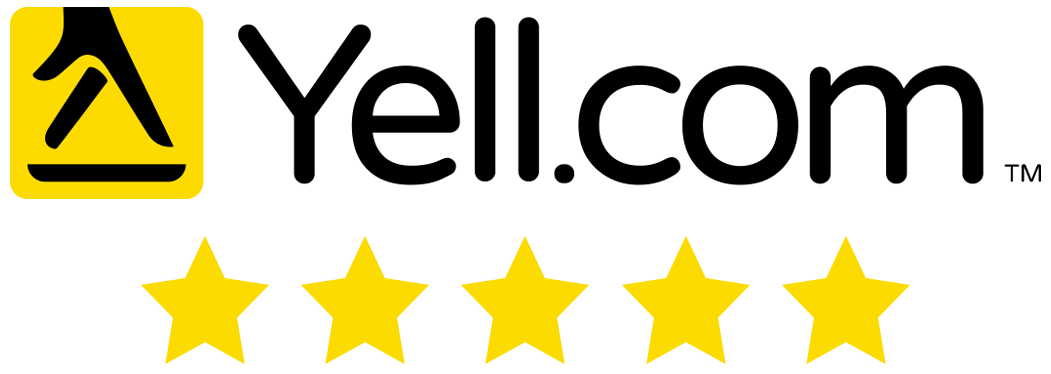What You Can Expect From WordPress 5.4 And Its Image Lazy-Loading Feature
- 5 February, 2020
- Jason Ferry
- SEO experts

In a recent announcement, WordPress said that its upcoming WordPress 5.4 would have an image lazy-loading feature by default. With this update, SEO experts and webmasters will need not use JavaScript or any third plugin plugins for lazy-loading photos since the “loading” HTML attribute will be enabled on all IMG elements.
Lazy-loading
With the lazy-loading HTML attribute, browsers can either wait for an image to be fully loaded or download it at once without the need for JavaScript.
Lazy loading attributes has three types. However, these are the only ones that matter:
- Lazy
- Eager
Now “lazy” will be a feature in WordPress 5.4 by default, it will wait until the users browser viewport is within a particular distance before proceeding with the image download. With this, user experience on WordPress websites will become faster.
Browsers will download the picture at once with the “eager” attribute.
WordPress 5.4 Release Date
WordPress 5.4 is scheduled for release on 31 March 2020. This date can still be changed depending on their preparation, but WordPress is doing excellent so far when it comes to keeping with their due dates.
Based on the announcement from WordPress:
“The implementation seeks to enable lazy-loading images by default, providing the loading attribute with value lazy on the following img tags:
Images in post content
Images in post excerpts
Images in comments
Images in text widget content
Individual images rendered via wp_get_attachment_image()
Avatar images rendered via get_avatar()
Note that loading=”lazy” will only be added if the respective tag does not yet include a loading attribute. In other words, to prevent an image from being lazy-loaded, it is recommended to specify loading=”eager”.”
As per comments from WordPress, the lazy-loading attributes are applied in a particular way that makes removing them a lot easier. This is crucial in case lazy-loading all images by default is adapted by future browsers even without using a loading attribute.
Google said via Wed.dev that they have plans to enable lazy-loading to all photos automatically when a web browser is in Lite mode (formerly called as Data Saver mode).
Testing the WordPress Lazy-Loading
A WordPress lazy loading plugin developed for testing purposes has been formally unveiled by WordPress. SEO professionals and webmasters are encouraged to download and try the plugin for their own testing processes.
This Is How Link Reconsideration Requests Work According To Google
In a recent Webmaster Hangout, John Mueller was asked about examples of bad links that Google sent one of his clients. The issue was that the sample links were nofollow. Mueller offered guidance on why many sample links were nofollow and what the right strategy for a link reconsideration request is to be successful.
Here is the highlight of the question:
“Google has sent us two sample links… as an example of unnatural links. I found that one of the links carries nofollow tag… I don’t see how you can… send nofollow tag in a sample URL.”
Based on Mueller’s answer, it seems it may have been an error on Google’s part.
“That could be something that went wrong on our side.”
John Mueller confirmed that if the example of bad links they send have a nofollow link, then it is a mistake.
However, he then proceeded to give instructions on what the ideal next step may be.
Here's what John Mueller said:
“But generally speaking, if you did a reconsideration request, especially for link spam and you got it back saying that it’s not good enough then I would focus on the bigger picture, not… worry too much about that one nofollow link, but really think about what kind of bigger picture things have you been doing with regards to links that you still need to clean up.
Sometimes what can happen is that they will flag an issue and say, well this is the kind of thing that you should be watching out for. It’s not like, these are the two remaining links that you need to fix. But rather, here are some ideas of issues that you need to clean up.
So I would take it more in that direction and really… try to clean those links out as completely as possible.”
Those examples on the kinds of links that Google see as spammy aren't intended to be a literal example of a bad link. Instead, they are intended to be good examples of the kinds of complications that require a website to have a manual action for links.
If the example link is nofollow but has an exact match anchor or even three exact match anchors, then the area to concentrate on is those exact match anchors and the situation in which those links were given.
In our experience with helping sites pull through from a link penalty, those exact match anchors text patterns are like an indication that there’s something sketchy going on.
It is acceptable when people randomly link to you with exact match anchors. However, there's sometimes a tell-tale pattern that forms, suggesting that the publisher is probably doing something wrong like requiring those links.
The issue often is the fact that at times, the publisher thinks they're innocent. This can make it tougher (for the publisher) to recognise the way to escape a link manual action.
Knowing which types of links have problems is possibly the bigger thing that Mueller wants to tell SEO companies and webmasters to concentrate on and simply ignore unimportant things like when there's a nofollow tag on a Google’s sample link. In case Google sends you a sample link that’s unclear, then perhaps working with a third party to inspect it is a good idea.
All details of this post were gathered from https://www.searchenginejournal.com/wordpress-5-4-lazy-loading/346006/ and https://www.searchenginejournal.com/google-link-penalty-reconsideration/346472/. For more information, click these links.
If you want to make it easier on your end to achieve higher rankings and improve the overall performance of your website, why not work with SEO services UK specialists? Visit Position1SEO right now and discover how we can help you with your goals.















